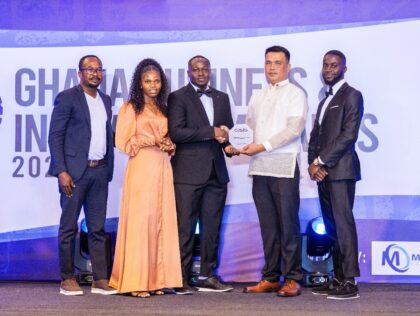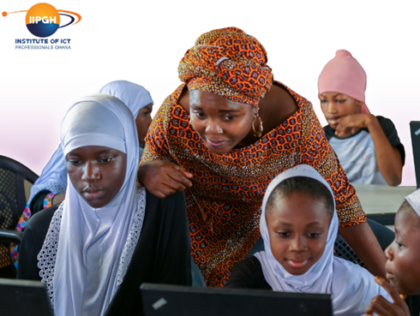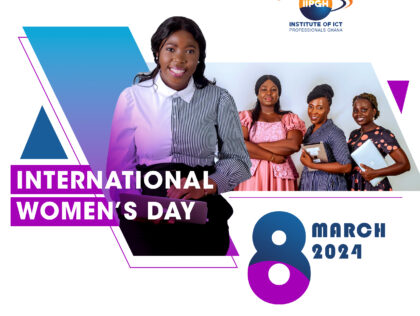“The Mobile Gender Gap Report 2019” published by GSMA shows a digital gender gap for mobile ownership and mobile internet usage in favour of males. The gender gap is not unique to mobile. According to the International Telecommunication Union (ITU), there is also a similar trend with respect to internet adoption, broadband penetration and digital skills. In part 1, the barriers leading to the digital gender gap such as affordability, digital skills, relevant content and safety and security were discussed. Subsequently, the successful approaches tried in other jurisdictions were proposed for dealing with the challenges of affordability and lack of digital skills. In this concluding part, the objective is to suggest approaches for dealing with the challenges of relevant content and security and safety.
Lack of Gender Relevant Content
Access to relevant online content, especially content that is gender relevant, is key to maximizing internet usage and increasing our broadband penetration. I wish to propose a National Digital Inclusion Initiative as part of the National Digital Skills Development Strategy suggested in Part 2 of this article. Due to the close relationship between digital skills and digital content development, it is important that the National Digital Skills Development Strategy addresses the issue of relevant content. Digital Skills training must incorporate basic skills such as searching, evaluating and using content with the help of a search engine. This will help build the capacity required to identify different kinds of online content and recognize sources that are trustworthy. More importantly, females must be trained to develop digital content. It is simple! We need women to join in creating digital content that other women will love. However, that is only possible when we give them the necessary digital skills.
In order to succeed at developing gender relevant content, we need research on what constitutes relevant content in our unique socio-cultural setting. We need to explore issues around language, platforms and data formats (text, video) that will appeal to females.
It is imperative that we find creative and complementary ways to adapt, innovate, and collaborate to close the digital skills gap by providing gender relevant content that will make going online appealing to females. According to UNESCO Institute for Statistics, literacy rate among women in Ghana is lower than that of men. It will therefore be necessary to provide language literacy training to complement digital skills. Otherwise, it will be difficult for some women to use text-based digital content. We need to seriously consider video content for people who are not literate; especially culturally relevant content in our local languages.
One creative approach that has been adopted in Sri Lanka is to use public libraries and places of worship to provide citizens with digital skills and access to locally relevant content through their e-library Nenasala Programme. A typical church in Ghana is likely to have more females as congregants therefore such an approach may be viable.
Security and Safety
According to GSMA’s “the Mobile Gender Gap Report 2019”, safety and security concerns are preventing females from going online. Women are likely to be victims of cyberstalking and online sexual harassment. We need a multi-stakeholder approach to dealing with the issues of security as a barrier to broadband adoption. Mobile Network Operators and Internet Service Providers must be concerned because getting more women online will help in expanding their customer base. Network operators can assist by developing apps and services targeted at improving the safety of women. Such applications and services may include functions that allow women to alert specific contacts in the event of an emergency. Likewise, internet companies must assist women to use the internet safely by providing training that helps in identifying online threats and providing tools for controlling privacy and security settings. Additionally, applications must allow victims of online abuse to report perpetrators.
In recent times, the Minister of Communication has been in the news discussing the funding a national cybersecurity programme. It is important to note that education is important when it comes to security. Policymakers must start awareness campaigns that address the threats affecting the adoption of broadband by females. Security education must form a core part of the Digital Skills Development Strategy. Formal education and digital skills programmes must, as a matter of necessity, have a security component. Finally, policymakers must develop a legal and policy framework for addressing online harassment.
Conclusion
Public policy is central to dealing with digital gender inequality. Policymakers must encourage the development of an ecosystem of services and apps that will appeal to women and girls. As businesses move online, leaving females offline means approximately half of our potential market cannot be reached. It is essential that all stakeholders help address the barriers militating against women in their conquest to go online. The internet can empower them making them more connected and better informed. Closing the digital gender gap represents a huge commercial and economic opportunity.
Author: Kuuku Sam – (Director of Programmes and Professional Services, Institute of ICT Professionals, Ghana)
For comments, contact author kuuku.sam@iipgh.org or Mobile: +233274333510





